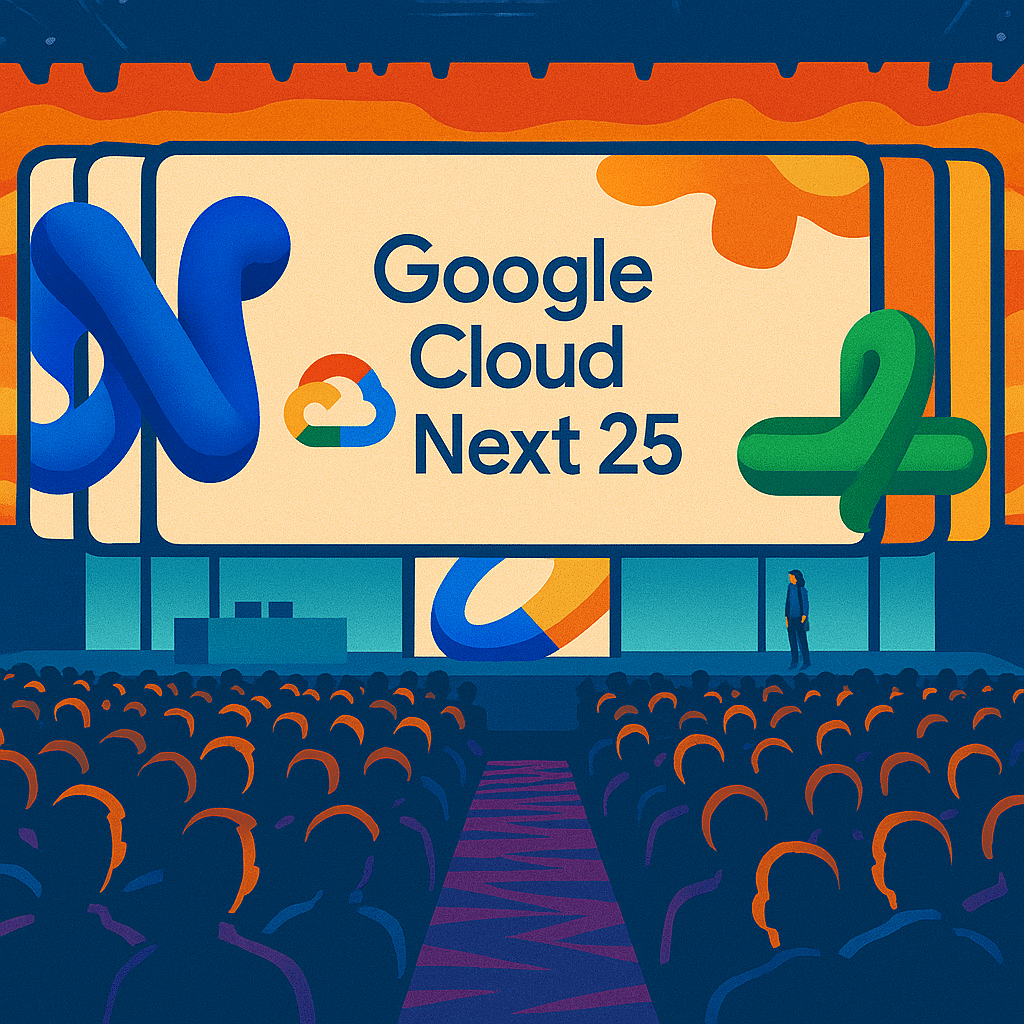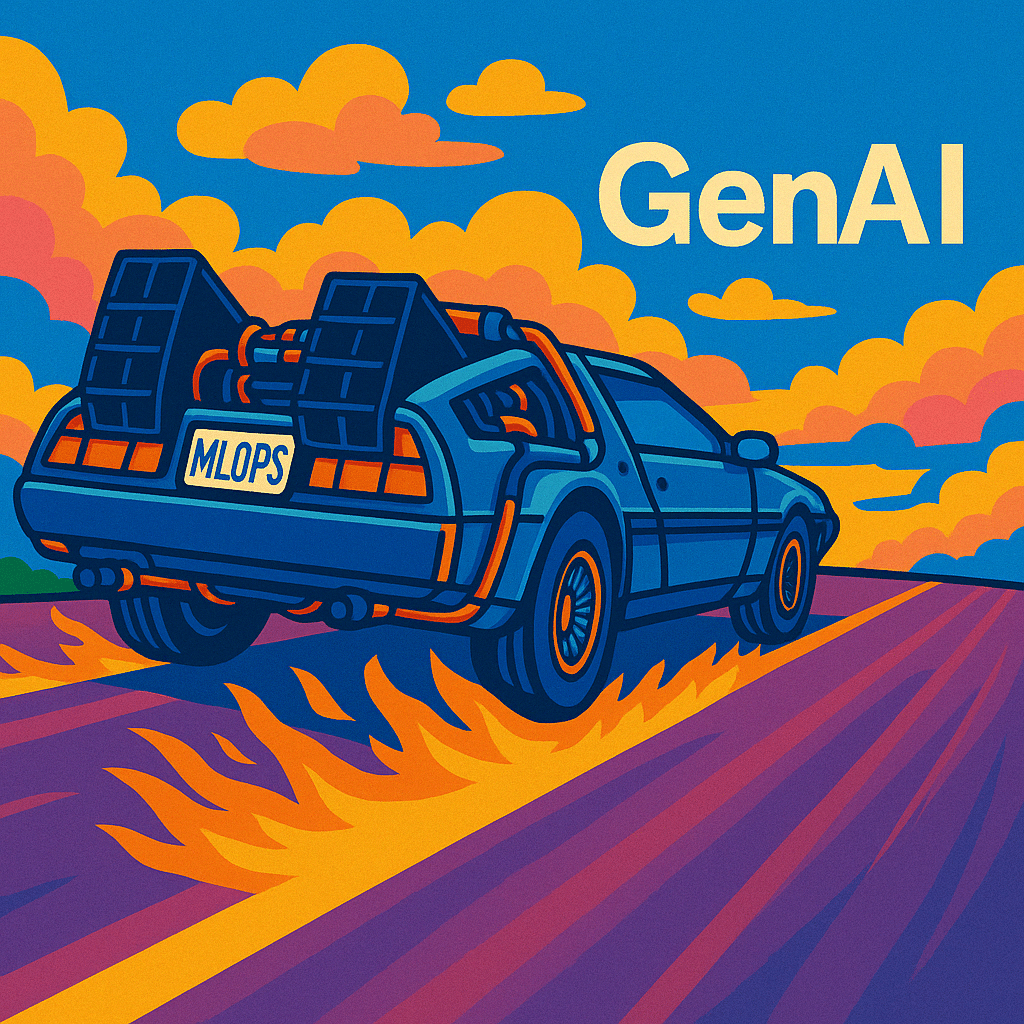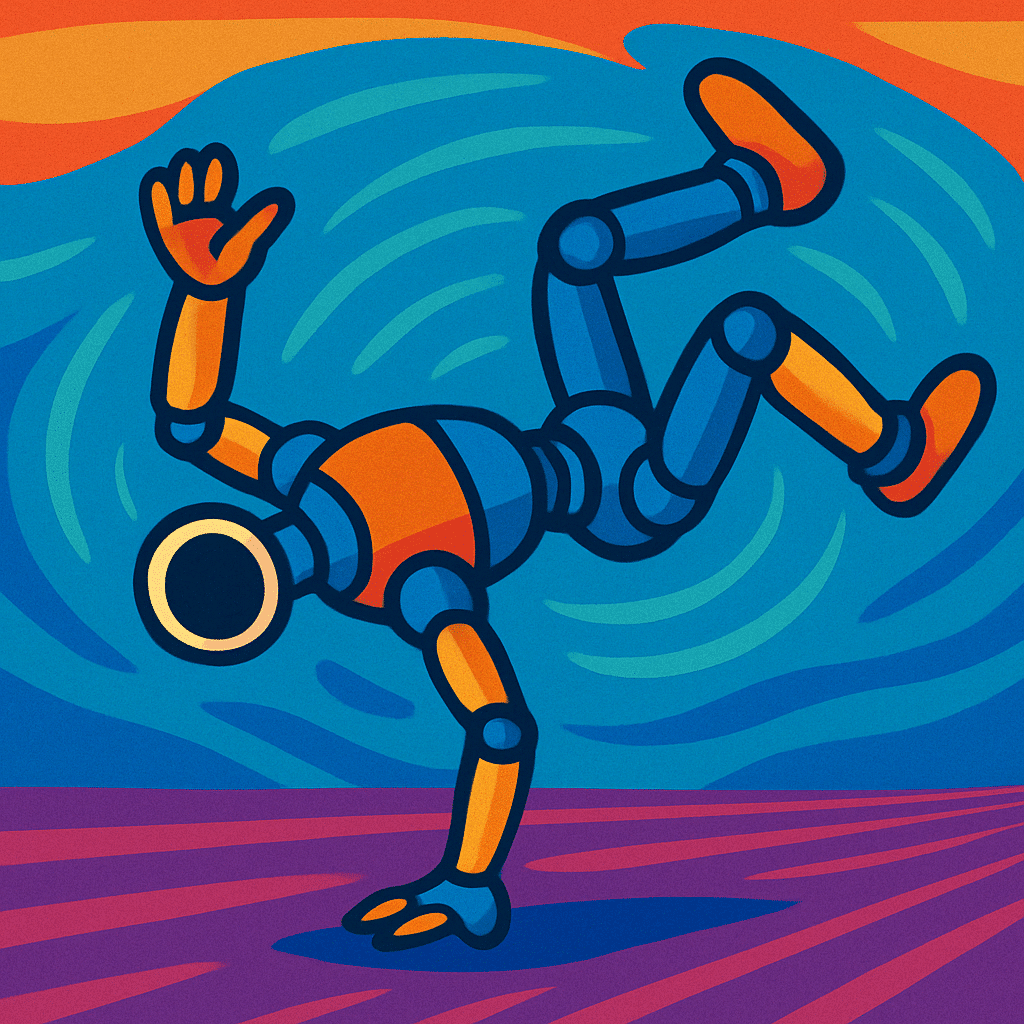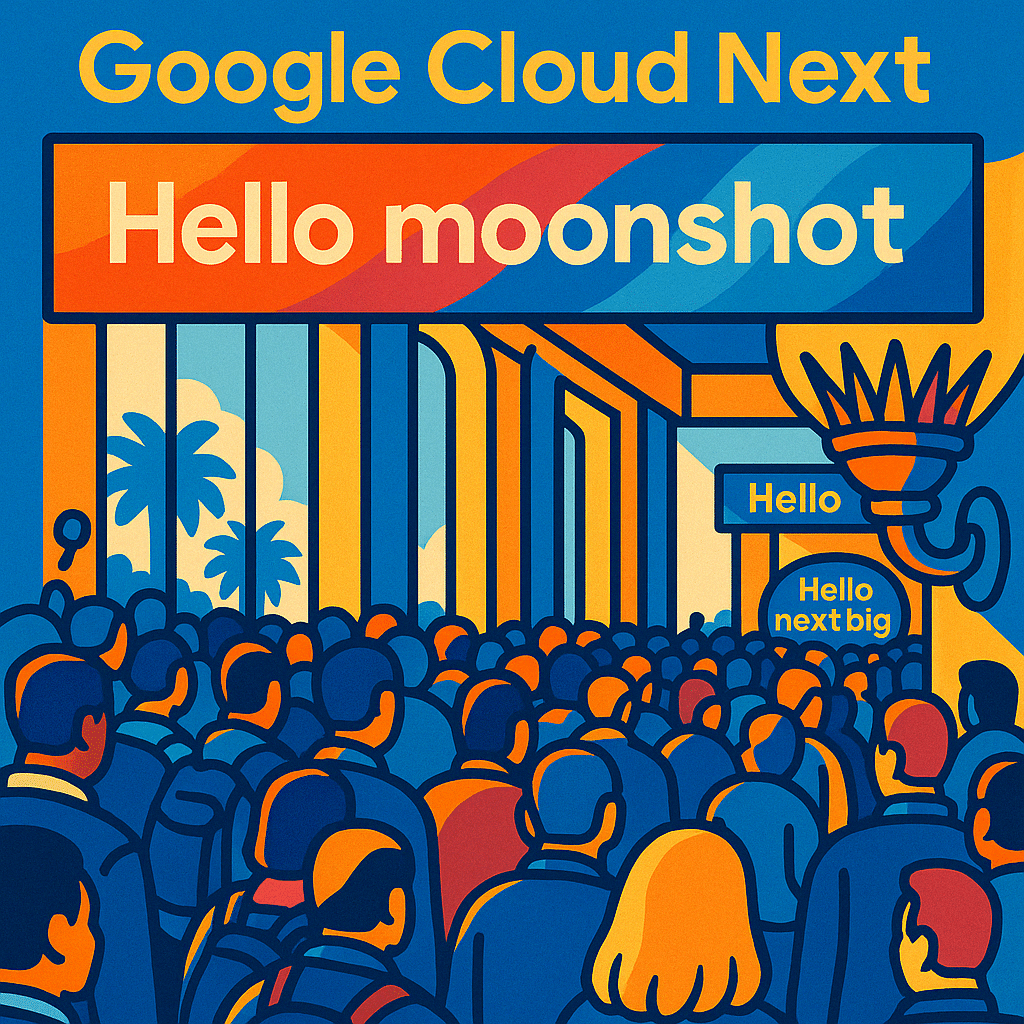#MyAI, Your AI
A few weeks back, following my visit to CES, I asked you to share your thoughts on AI in our personal lives. We’ve seen some insightful responses so far and, as the contest comes to an end, I thought I’d share some of them. As a reminder, we asked listeners to record short video responses to the questions: How has AI impacted your personal and home life? And how do you see it impacting you in the future?
A common theme in many of the responses was an appreciation for how AI facilitates small tasks in new and more efficient ways. Sometimes this new level of utility makes it hard to think how you would’ve done it before.
For example, for those who use it, features like photos search and text prediction offer fundamental shifts in usability. This calls to mind the idea that AI only seems like “AI” when it’s magic; everything else recedes into the background and becomes expected.
Some respondents agreed that the tech still had a long way to go with more complex tasks. At times, AI-powered actions can feel clunky and inefficient, forcing you to go out of your way to overcome its limitations. Having to reiterate spoken commands or correct recommendations are a couple of examples. So again, not always magic, but still a lot of goodness to be had.
Let’s take a quick look at a few of AI products which folks said were most useful:
Google Photos.
- The ubiquity of smartphones means we all have tons of photos and making sense of them all is non-trivial. According to our community, AI has made a big difference in making photo libraries more accessible. From the Google Photos app, you can easily search your gallery with a myriad of phrases and get astoundingly accurate results. Want to pull up those vacation pictures you took a couple of years ago? Just search “beach.” Looking for that picture of your neighbor’s dog? Just search for “dog,” and the pic is there. The integration is seamless, efficient, and intuitive–everything you’d want an AI to be. Peeling back the veil a bit, one presumes that Google Photos uses a combination of computer vision (CV) and natural language processing (NLP) techniques to label images so that they can be easily searched. Similar functionality is available via the Google Cloud Vision API, for you to embed into your own applications, or via the Cloud AutoML Vision API we discussed last month, should you need to train with your own images. The app also uses AI to pick and enhance your best pictures.
Duolingo.
- One listener, Chandana, mentioned Duolingo, one of my favorite apps, in her submission. Duolingo is a popular language learning app that I’ve used a ton in my own endeavors. Like the other apps mentioned here, Duolingo uses machine learning so seamlessly that it’s not immediately appreciable just how much is involved.At the core of Duolingo is a model that tracks statistics about every word they’ve ever taught you–it’s a database with billions of entries that’s updated 3,000 times per second! The app uses an approach they call Half-LIfe Regression (HLR) to optimize when words are presented to users. HRL combines machine learning and data science with the psycholinguistic theory of “forgetting curves.” After implementing this method, Duolingo saw ten percent increases in user retention and activity. You can read more about HLR and even check out the source code at Duolingo’s blog post on the topic.
Gboard.
- Typing on a glass surface is not quite as intuitive as having actual keys, so developing predictive text was essential to the rise of the modern smartphone. The first apps used predictive models based on dictionaries, but now products like Google’s Gboard rely on neural nets.Gboard initially used a Gaussian model to quantify the probability of tapping neighboring keys, coupled with a rule-based model to represent cognitive and motor errors. More recently these were replaced with a single long short-term memory (LSTM) model trained with a connectionist temporal classification (CTC) criterion. Google shares a bunch of detail about the AI behind Gboard here on their research blog.
These are but a few of the many great examples of simple, seamless, every-day AI. I have enjoyed hearing your thoughts on AI through your entries, and I’d love to hear from more of you.
Don’t be intimidated by the video format—we’ve made it super easy to record and upload your video right from the TWIML web page. Join the conversation by giving us your thoughts in 2 minutes or less. As a bonus, there are some pretty cool AI-powered prized for folks who get the most likes on their video.





